
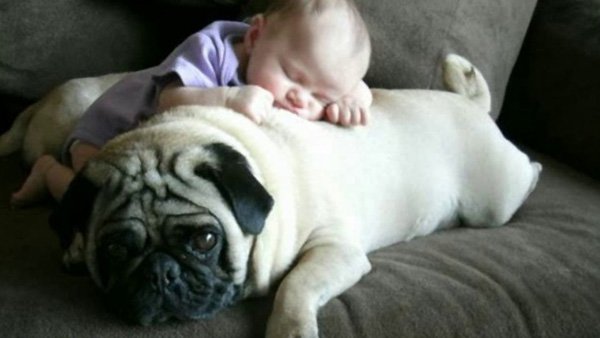
There is no better way to display love for animals than by providing them with an animal sanctuary. One way to accomplish this is by designing a new or converting an existing greenhouse into an animal sanctuary. Animal sanctuaries are unique facilities that vary from shelters. The animals are not typically adopted or sold; they are simply provided an environment similar to their natural home in the wild – though some facilities have characteristics of both, where animals can be adopted.
An animal sanctuary is not a zoo and it can be as large or as small as the owner's preference. Therefore, virtually any sized greenhouse can be converted into an animal sanctuary. Transforming a greenhouse into an animal sanctuary can provide a great deal of family fun, be personally rewarding, and also be mutually beneficial for the animals as well as the plants. Whether retired or participating in a new family hobby, transforming a greenhouse into an animal sanctuary provides the basis for a positive and long term relationship between the animals in the sanctuary and the owners.
The planning process begins with the determination of the overall structure, the plants and animals, and whether an interior dividing wall will be required to separate certain species from one another. Next, the flooring needs to be addressed. Most pets prefer the softer flooring that carpet would provide as opposed to keeping the structure's original hard flooring. The next important piece to consider is the plant material to be selected for the sanctuary. It is important to ensure that the plants selected mirror the animals' natural habitat as closely as possible and that the plants are not poisonous to the animals.
For any four-legged friends that will be hosted, be sure to accommodate the correct bedding requirements during the planning stage. Also, be careful to select plants that will filter the air, but not be eaten by the animals living inside. For birds, ensure there are plenty of cover trees or birdhouses.
Providing a water feature can mimic a natural water supply for certain animals. Ensure a proper filtration system is provided if animals will drink from the water or research and create the correct sustainable ecosystem between aquaponic plants and koi fish.
Designing the animal sanctuary is just the first phase, however. The next step is to adopt – or find – animals for the sanctuary and care for them appropriately. One sometimes overlooked item is allergies. Consider planning allergy tests for family members prior to hosting the animals, ensuring there will be no negative health issues once the animals arrive. Caring for animals is no small task, so it is important to plan appropriately and stay committed to the new guests and their new home. The animals will need love, attention, and plenty of care especially if adopting injured animals.
Planning, building, and maintaining an animal sanctuary is not a small commitment, but it can be an incredibly rewarding experience. If the project starts by selecting the plants and animals that will live inside, then research and planning is completed to select the correct environment, one can ensure a successful project. Seeing the greenhouse transform into a sanctuary for injured or homeless animals will be life changing and no matter how large or small the sanctuary, providing animals with food, water, and a comfortable home is a unique and rewarding undertaking that must be experienced to be properly understood.
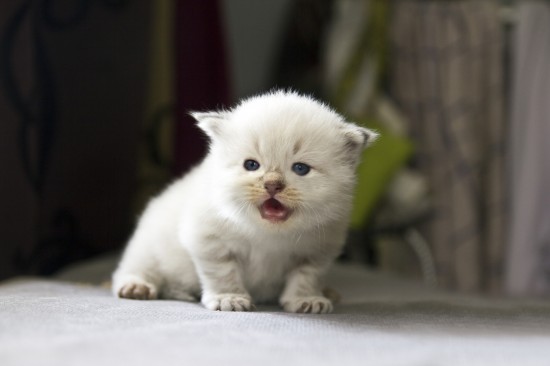 5 Mistakes To Avoid Making With Your Cat
5 Mistakes To Avo
5 Mistakes To Avoid Making With Your Cat
5 Mistakes To Avo
 What To Expect When You Adopt An Older Rescue Dog
What To Expect Wh
What To Expect When You Adopt An Older Rescue Dog
What To Expect Wh
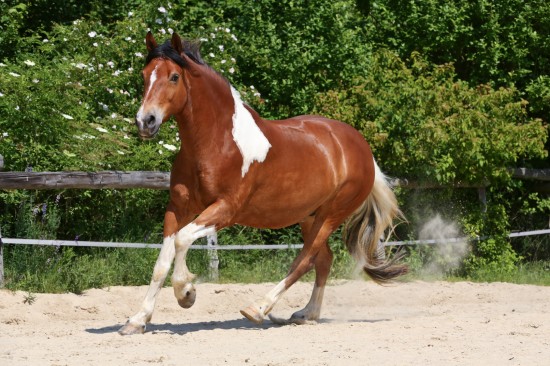 Should I Give My Horse Electrolytes?
Should I Give My
Should I Give My Horse Electrolytes?
Should I Give My
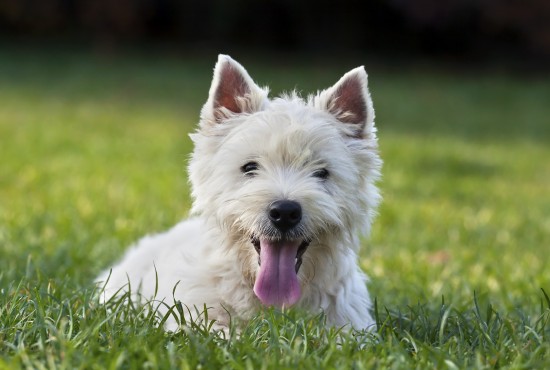 Are West Highland Terriers Good With Children?
Are West Highland
Are West Highland Terriers Good With Children?
Are West Highland
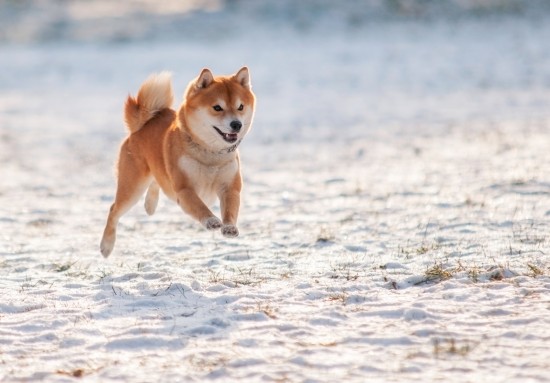 Learning More About The Shiba Inu Dog
Learning More Abo
Learning More About The Shiba Inu Dog
Learning More Abo
Copyright © 2005-2016 Pet Information All Rights Reserved
Contact us: www162date@outlook.com